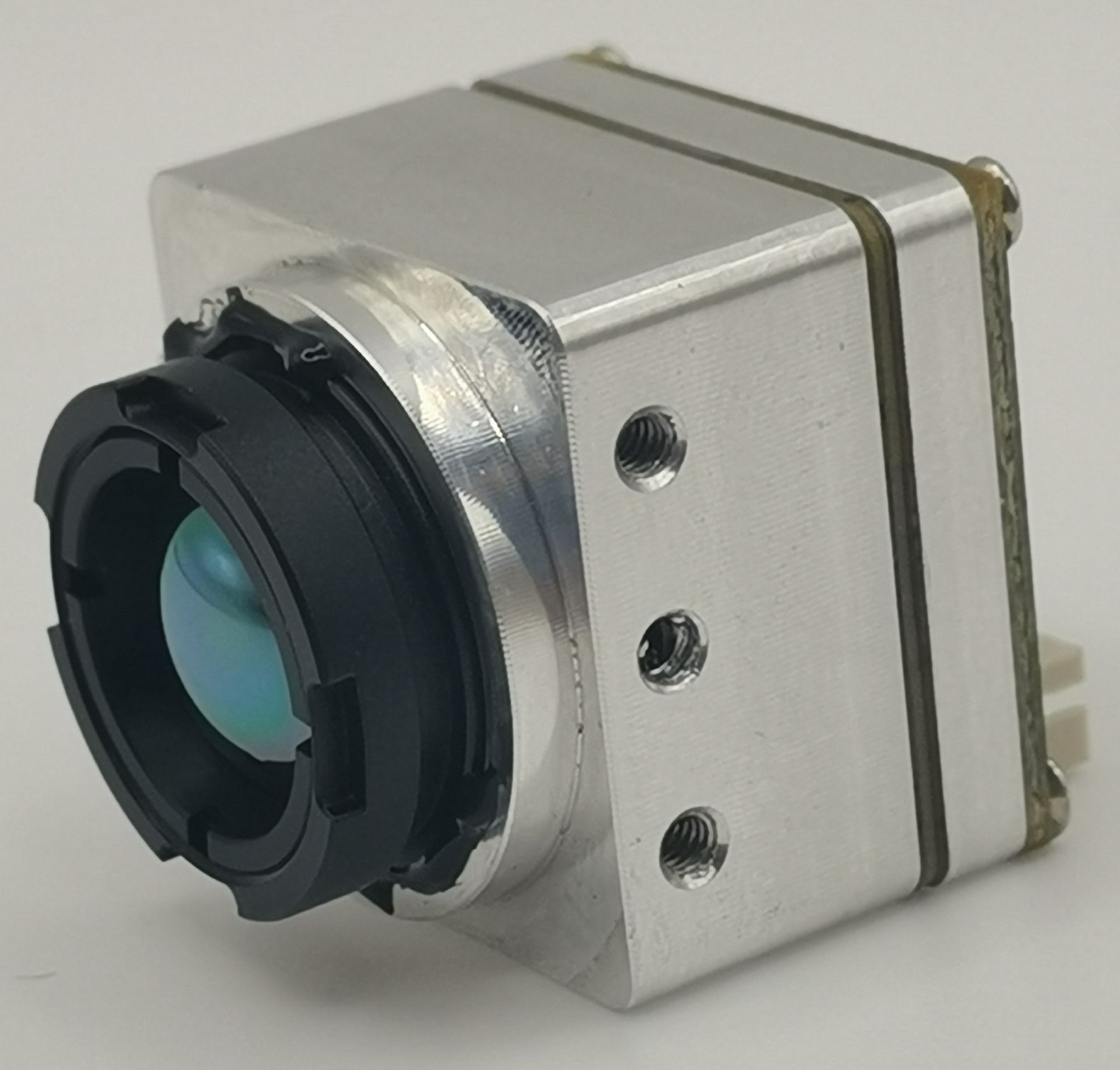Exploring the Applications of Thermal Imaging Cameras in Field Equipment

The Thermal Revolution
Thermal imaging cameras have completely transformed our perception of the world, particularly in the realm of field equipment and the use of drones with thermal cameras. The integration of thermal technology has revolutionized various industries, offering new and innovative ways to gather information and enhance operational capabilities. From infrared-equipped drones to advanced thermal drones, these technological advancements have opened up a whole new world of possibilities for professionals across different fields.
Field Tech Advancements
Enhanced Field Equipment
The integration of thermal imaging technology has significantly enhanced the capabilities of field equipment across various industries. By utilizing thermal imaging in the field, professionals can now gather crucial data and insights that were previously inaccessible. This advancement has proven to be particularly valuable in sectors such as agriculture, construction, and environmental monitoring, where precise information is essential for decision-making processes.
In addition to providing a new perspective on the surroundings, thermal technology for field use has enabled more accurate assessments of infrastructure, machinery, and environmental conditions. This enhanced level of detail allows for proactive maintenance and troubleshooting, ultimately leading to improved operational efficiency and cost savings.
Safety and Efficiency
One of the most notable benefits of incorporating thermal imaging cameras into field operations is the significant improvement in safety and efficiency. By detecting anomalies that are not visible to the naked eye, thermal imaging technology enhances hazard identification and risk mitigation. This capability is especially critical in high-risk environments such as industrial facilities, where early detection of potential issues can prevent accidents and ensure worker safety.
Furthermore, the real-time data provided by thermal cameras allows professionals to streamline their workflows and optimize resource allocation. Whether it's identifying heat loss in buildings or monitoring equipment performance, thermal imaging contributes to more efficient operations across diverse fields.
Expert Tip: "The use of thermal imaging cameras in field equipment applications has been a game-changer for many industries. The ability to visualize temperature differences provides invaluable insights that were previously unattainable."
Drone Applications
Thermal Imaging Capabilities
Incorporating thermal-equipped drones into various applications has unlocked unparalleled imaging capabilities, offering a fresh perspective and invaluable insights. These drones equipped with thermal cameras provide a unique vantage point that allows professionals to gather temperature-related data in real-time. Whether it's monitoring wildlife, assessing crop health, or conducting building inspections, the thermal imaging capabilities of these drones have proven to be indispensable across diverse fields.
Search and Rescue
The integration of infrared drones has revolutionized search and rescue operations by enabling the detection of heat signatures in challenging environments. Thermal drones play a crucial role in locating individuals in remote or hazardous areas where traditional search methods may fall short. By detecting variations in temperature, these drones aid rescue teams in swiftly identifying and reaching those in need, ultimately saving lives.
Expert Insight: "The use of thermal-equipped drones has significantly enhanced our ability to gather critical data and perform life-saving operations in challenging environments."
Innovations in Use
Industry Applications
The applications of thermal imaging technology span across a wide range of industries, bringing innovative solutions and transforming traditional practices. In agriculture, thermal imaging cameras are utilized for crop health assessment, irrigation management, and pest control. The ability to detect temperature differentials in crops allows for targeted interventions, optimizing resource utilization and improving overall yield.
Furthermore, the infrastructure inspection sector has seen significant advancements through the use of thermal imaging. Inspecting electrical systems, pipelines, and building structures with thermal cameras enables professionals to identify potential issues such as overheating components or insulation deficiencies. This proactive approach to maintenance not only enhances safety but also minimizes downtime and costly repairs.
In the realm of environmental monitoring, thermal imaging plays a crucial role in assessing ecological changes, wildlife population studies, and natural resource management. By capturing temperature variances in ecosystems, researchers gain valuable insights into habitat dynamics and climate impact assessments.
Industry Expert: "The applications of thermal imaging technology have redefined our approach to various industries by providing new perspectives and enabling proactive measures for maintenance and resource management."
Future Developments
The future of thermal imaging technology holds promising developments that are poised to further enhance its capabilities. Advancements in infrared detectors will lead to higher sensitivity and improved image quality, allowing for more precise temperature measurements across diverse environments. Additionally, ongoing developments in image processing algorithms will enable faster data analysis and enhanced visualization of thermal information.
As the demand for more compact and versatile thermal imaging solutions grows, manufacturers are focusing on miniaturization without compromising performance. This trend is expected to expand the reach of thermal imaging technology into new applications while making it more accessible across different industries.
Incorporating artificial intelligence (AI) into thermal imaging systems is another area of anticipated growth. AI algorithms can analyze large volumes of thermal data to identify patterns and anomalies, providing valuable insights for predictive maintenance and anomaly detection.
Overall, the future developments in thermal imaging technology hold immense potential for driving innovation across industries while addressing evolving challenges related to safety, efficiency, and environmental sustainability.
Unleashing Thermal Drones
Thermal imaging cameras, especially when integrated into drones, are unlocking a new realm of possibilities and revolutionizing the approach to field equipment and various applications. The versatility and mobility of thermal-equipped drones have expanded the scope of data collection and analysis, offering unique insights across different industries.
Industry Expert: "The integration of thermal imaging technology into drones has significantly broadened our capabilities, allowing us to gather critical data and gain valuable perspectives that were previously unattainable."
Incorporating infrared drones into diverse operations, from agriculture to search and rescue, has redefined the way professionals interact with their environments. The ability to capture temperature differentials in real-time provides a level of detail and precision that was once unimaginable. This advancement not only enhances safety and efficiency but also opens doors to innovative approaches in fields such as environmental monitoring, infrastructure inspection, and wildlife conservation.
Thermal-equipped drones offer unparalleled mobility for capturing temperature-related data.
The integration of infrared drones has transformed traditional practices across various industries.
Contact Us: iSun Digitech Limited Ms. Coco Huang E-mail: sales@iasun.cn WhatsApp/Wechat: +86 13510421923
See Also
Uncovering the Influence of Thermal Imaging Cameras on Drone Tech
Improving Safety for Night Driving: The Significance of Car Thermal Imaging Cameras
Uncover the Advantages of Thermal Imaging Cameras and Night Vision Technology
Contact Us: Ms. Coco Huang
E-mail: sales@iasun.cn
WhatsApp/Wechat: +86 13510421923

